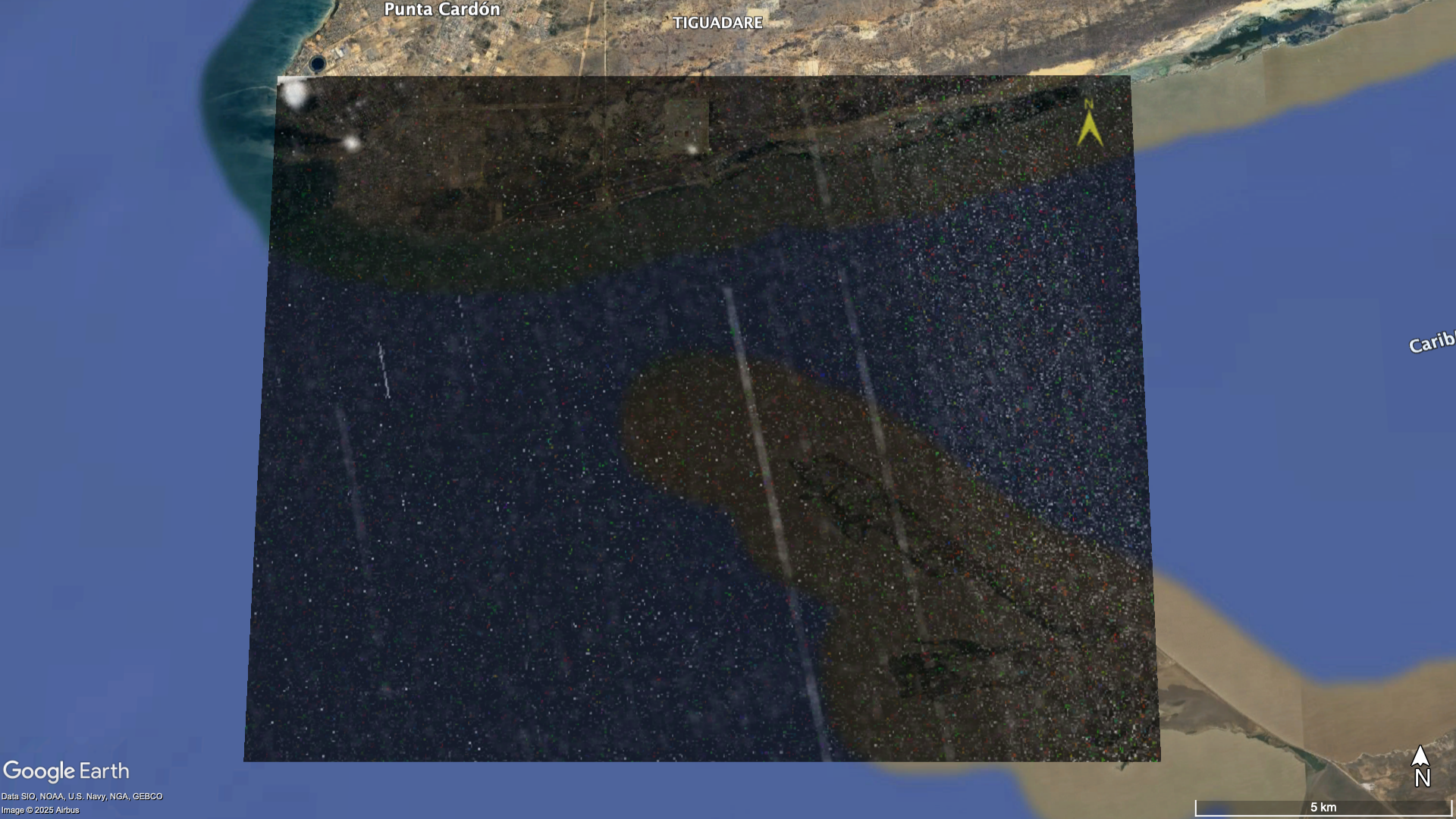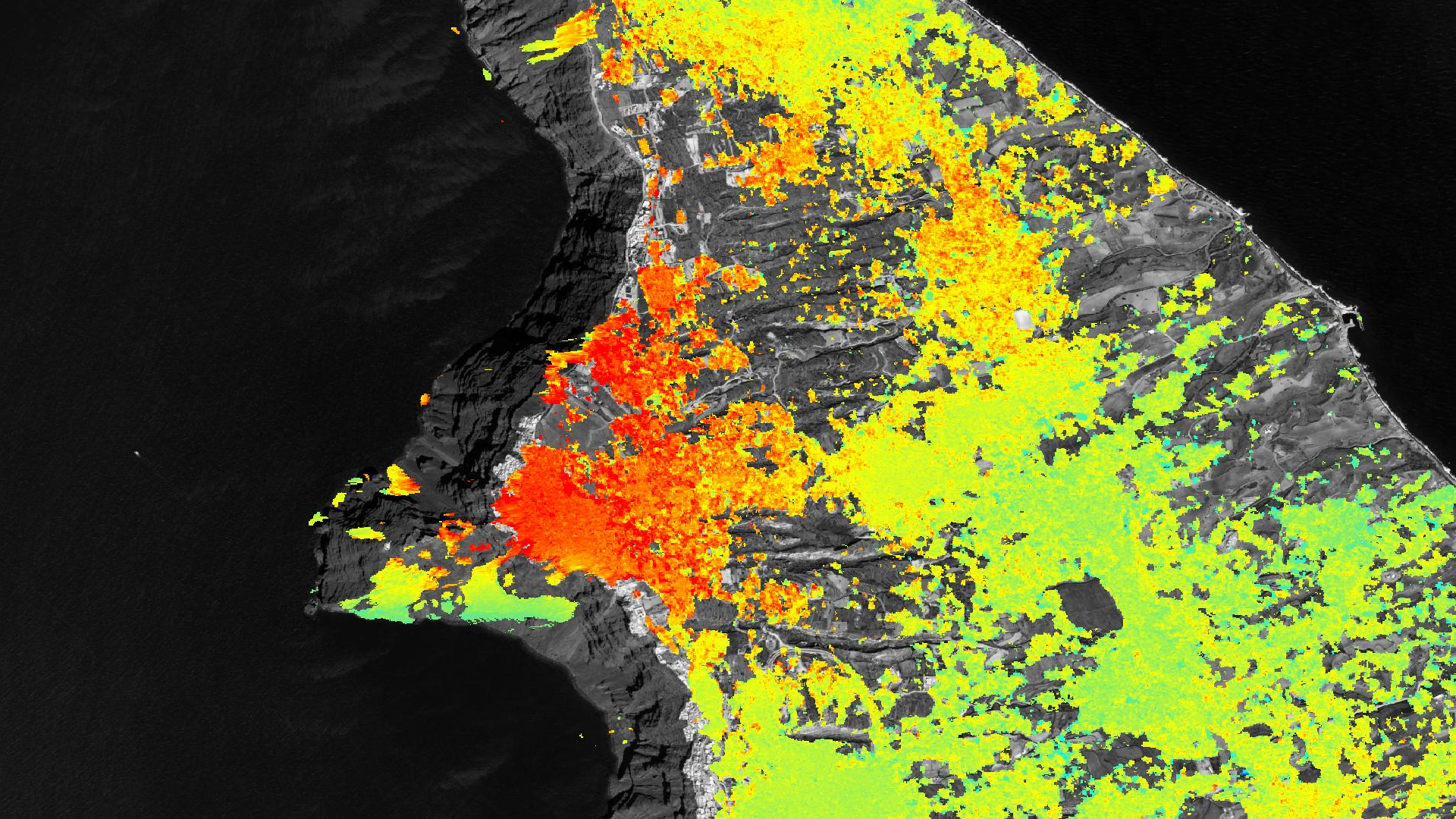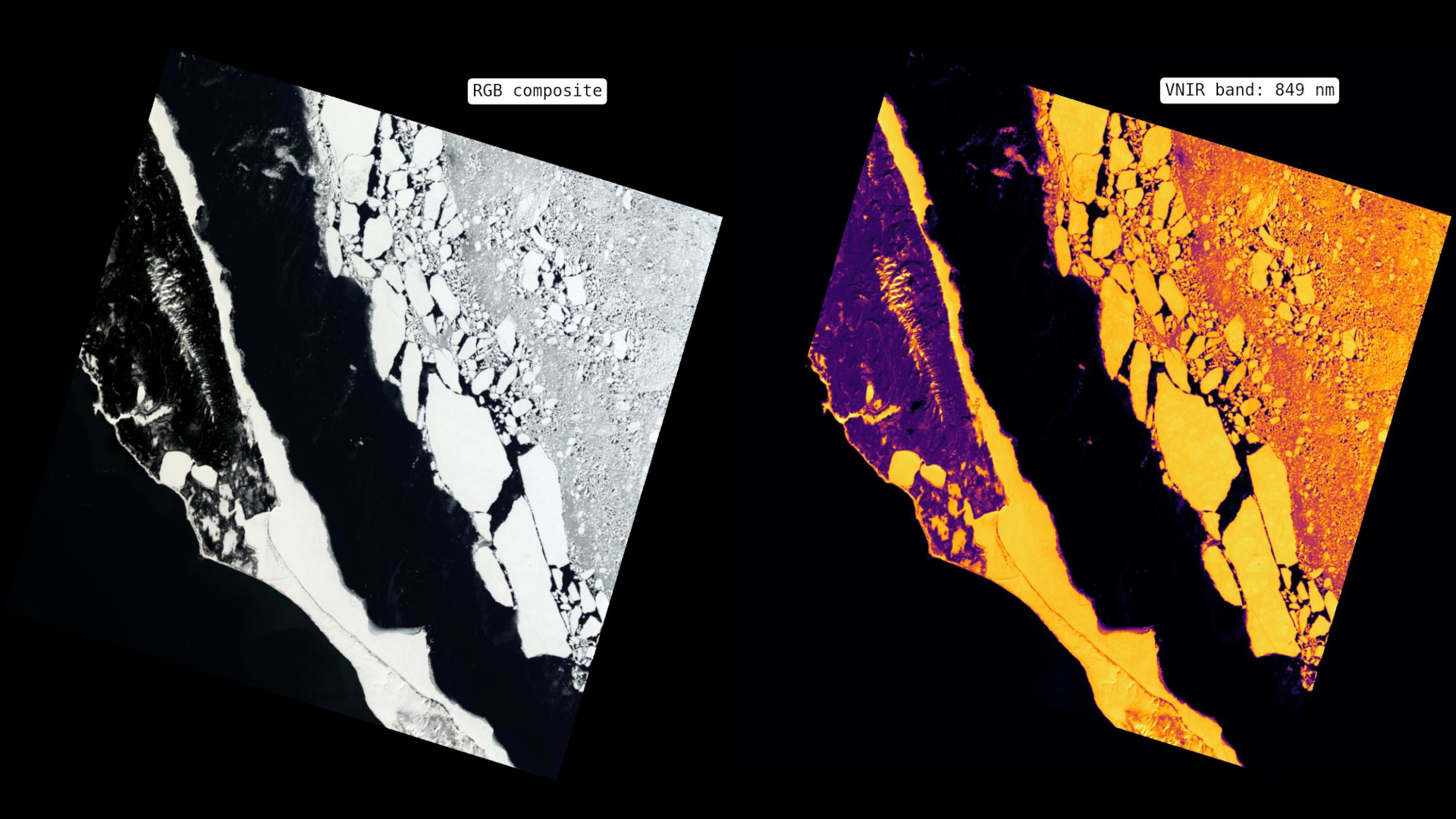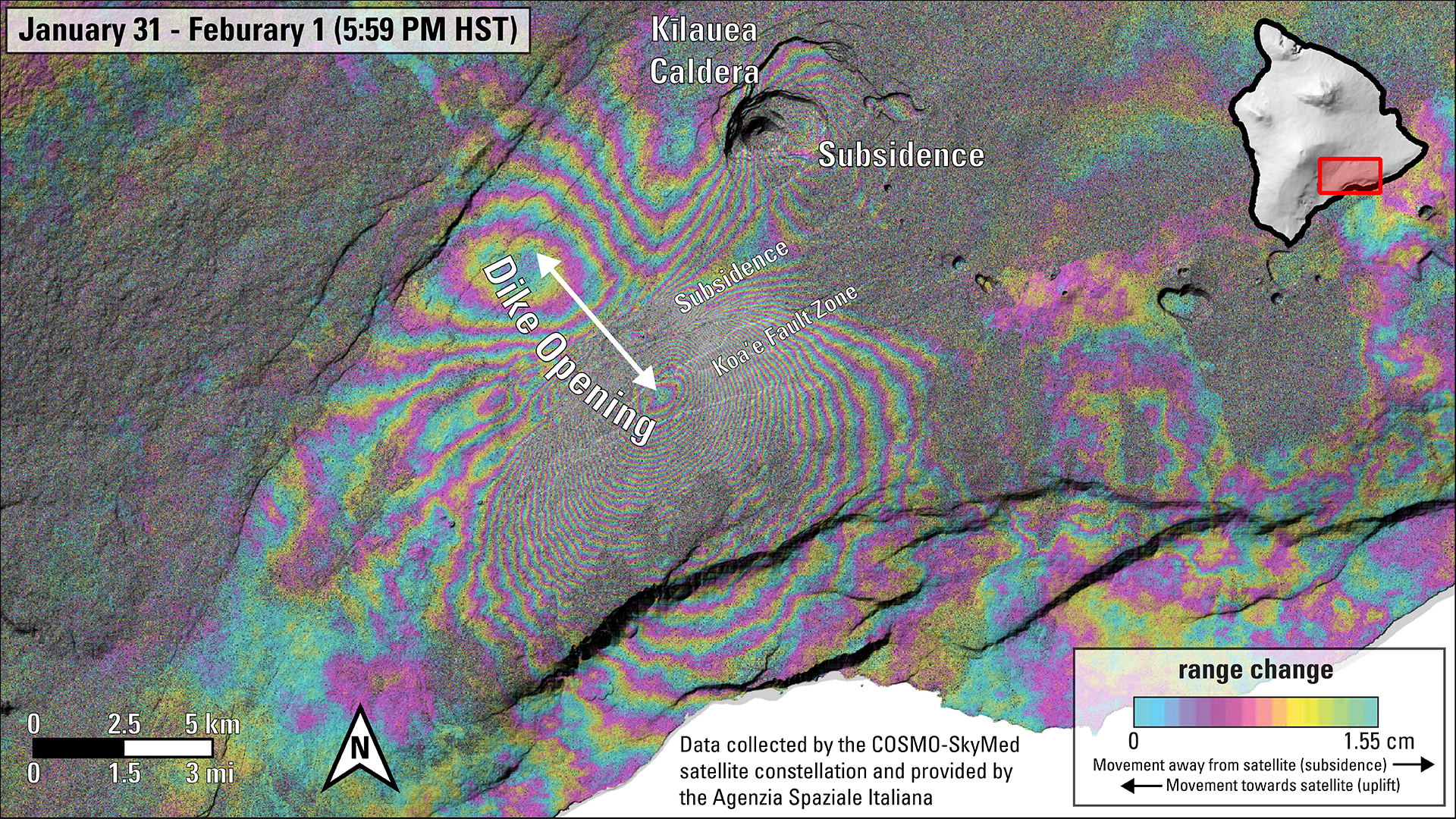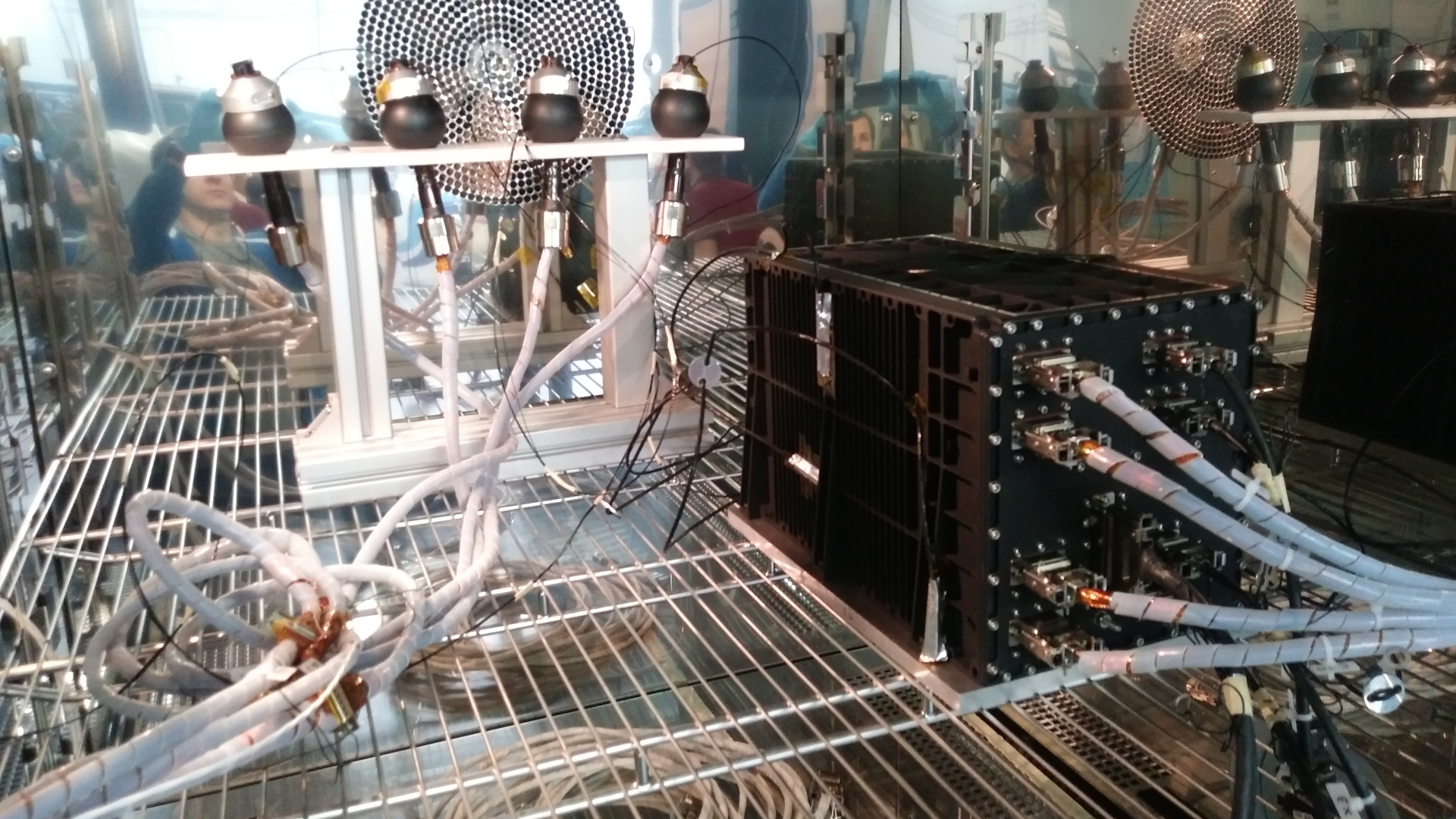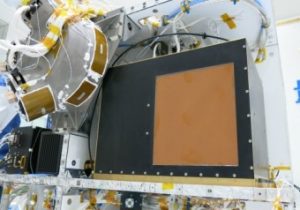
The CSES mission is a mission by the Chinese Space Agency (CNSA), which was born with the aim to identify electromagnetic, ionospheric and magnetospheric seismic precursors and study the potential spatio-temporal correlations with the onset of high-intensity earthquakes.
The CSES-01 satellite has 9 scientific instruments aboard, targeted at the measurement of the magnetic field (Search-Coil Magnetometer - SCM and High Precision Magnetometer - HPM), of the electric field (Electric Field Detector – EFD), of the properties of ionosphere plasma (Plasma Analyzer Package - PAP, Langmuir Probe – LP, GNSS Occultation Receiver and Tri-Band Beacon) and of the flow and spectrum of high-energy particles (High Energy Particle Detector - HEPD, High Energy Particle Package - HEPP).
The launch of the CSES-01 satellite took place on February 2nd, 2018, aboard a Chinese carrier, from the Jiuquan space center. The satellite has a sun-synchronous orbit and is located at an altitude of about 500 km. The in-orbit operations are carried out from the Chinese ground stations, while the scientific data are stored and distributed by the ASI SSDC data center.
The Italian contribution for CSES-01, regulated by an agreement between the ASI and the CNSA and called Limadou in honor of the Italian Jesuit missionary Matteo Ricci (Limadou was his Chinese name), consists in the design, manufacturing, test and delivery of a payload, the particle detector (High Energetic Particle Detector – HEPD), in the context of the partnership to build the electric field detector (Electric Field Detector – EFD). Furthermore, the EFD and other instruments manufactured by the Chinese partner will be tested in a plasma chamber. In the picture above, the HEPD instrument installed on the satellite.
The INFN, with its branches of Bologna, Naples, Perugia, Roma Tor Vergata, the TIFPA-Trento center and the National Laboratories in Frascati, is the main partner of the ASI in its cooperation with the CNSA. The INAF-IAPS of Rome, the Universities of Bologna, Perugia, Roma Tor Vergata, Trento, the International Telematic University UniNettuno (UTIU), the IFAC/CNR and the National Institute of Geophysics and Volcanology (INGV) are also involved, with their own scientific expertise as regards data analysis and development of geophysical models.
The first satellite will be followed by another satellite, called CSES-02; on March 23rd, 2019, Italy and China signed a specific protocol agreement, which provides for a higher Italian contribution. Besides from a new high-energy particle detector, HEPD-02, the Italian scientific community will manufacture the electric field detector.
Scientific goals
The scientific goals consist in the study of electromagnetic (such as a modification in the ULF and VLF spectrum), ionospheric (abnormalities in the Total Electron Content – TEC) and magnetospheric (such as the precipitation of energy particles trapped in Van Allen radiation belts) phenomena, and the search for possible spatial-temporal correlations between the variations of these physical parameters – which can typically be observed from Space – and the onset of high-intensity earthquakes.
Such measures will also allow to study the processes at the base of these correlations and develop models capable of explaining the lithosphere-atmosphere-ionosphere coupling mechanism (Lithosphere-Atmosphere-Ionosphere Coupling – LAIC).
Furthermore, the CSES mission will monitor the solar activity and the cosmic rays, by detecting the flow of protons and electrons in the range between few MeVs (Megaelectronvolts) and 102 MeVs. These measures will allow to extend the scope of the low-energy particle spectra, which are currently detected by the PAMELA and AMS experiments, and compare such spectra with those of other missions, such as GOES and ACE.


